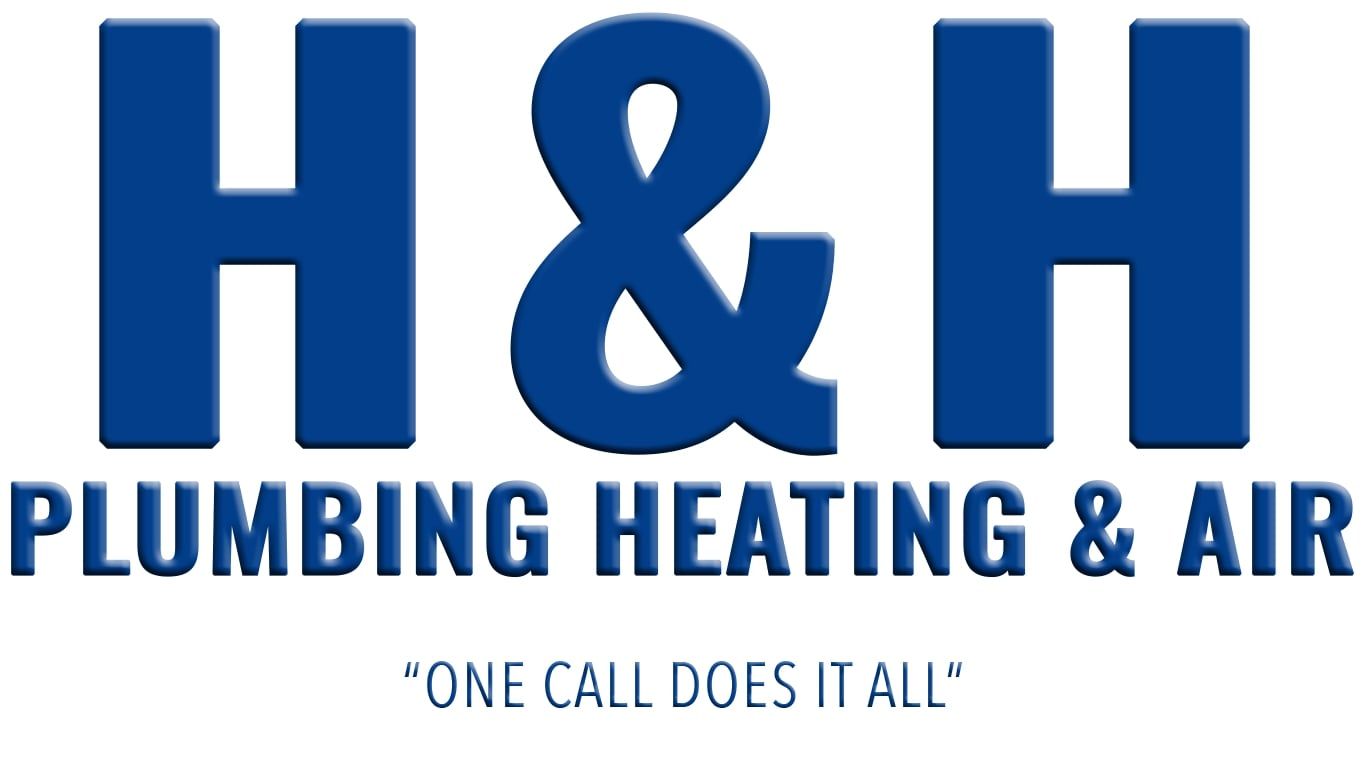Expert Tips for Troubleshooting and Fixing Your Furnace
When it comes to furnace maintenance, knowledge is power. Knowing how to troubleshoot and fix common furnace issues can help extend the life of your HVAC system and keep your home comfortable all winter long. That's why we've put together this guide full of expert tips for troubleshooting and fixing your furnace. We'll cover everything from identifying furnace problems to resolving them quickly and efficiently. With the help of this guide, you'll be able to keep your furnace running like a champ for years to come! So let's get started.
1. Check the Furnace Filter to Ensure It Is Clean and Not Blocked by Dust or Debris
One of the most important things to do when troubleshooting and fixing your furnace is to check the furnace filter. This component helps purify the air coming through your HVAC system, but if it becomes blocked by dust or debris, the airflow is significantly hindered.
That’s why it’s so important to clean your furnace filter at least once a month both to keep your family breathing easier and keep your furnace running efficiently. Generally, this can be done with a vacuum cleaner and it should only take you a few minutes no matter what kind of filter you have.
If you find that the filter is severely damaged or clogged, then you should replace it with a higher-efficiency option to make sure everything runs smoothly in the future.
2. Inspect the Blower Fan for Any Cracks, Wear, and Tear That Could Be Causing Issues With Your Furnace’s Performance
Ensuring that your blower fan is working properly can lead to increased furnace performance. The blower fan is an essential component of the furnace since it moves air through the vents in order to maintain a comfortable temperature setting.
It should be inspected for any cracks, wear, or tear that could be creating lagging performance from your furnace. Any such issues should be repaired as soon as possible to ensure top-notch performance from your furnace. Have a professional take a look at the fan if you suspect that it might be having issues.
3. Make Sure All of Your Vents Are Properly Open So Air Can Flow Through Them Freely
It is essential to make sure that all of your furnace’s vents are open before beginning any troubleshooting. Not only is it necessary to ensure a successful repair, but it also can help you identify whether the issue has to do with airflow.
If there are poor airflow levels, check each vent and make sure they are clear of obstructions and opened fully. Clogged and blocked vents can cause more problems, such as further damage to the unit due to overworking and overheating.
Lastly, keep an eye on any movement inside the ducts or vents - if there is a lot of noise and disturbances then that could be an indication that something needs to be addressed.
4. Clear Out Any Obstructions Around the Motor to Ensure Proper Airflow Throughout the Unit’s Components
One of the most effective expert tips homeowners should keep in mind when troubleshooting and fixing their furnace is to make sure that the motor is kept clear of any obstructions. Proper airflow throughout the components in your unit is essential for keeping it running at its best.
If these obstructions are not regularly cleared out, they can impede the motor’s ability to draw in air properly, resulting in an inefficient system. Items like dirt and debris, toy blocks, pet hair, lint, fabrics such as curtains or sheets that come too close to the motor, and miscellaneous objects from around your home can all get into the area.
Inspecting this area periodically and cleaning out any foreign objects can encourage airflow for a more efficient system.
5. Test Both the Thermostat and Its Connections to Make Sure They Are Working Correctly Before Replacing a Malfunctioning Part Completely
Whenever you own a furnace, it's essential to understand the importance of troubleshooting and fixing it correctly. Testing both the thermostat and its connections is an important step that should never be overlooked, as any interruption in their functioning could be the root cause of your problem.
Services like a visual inspection and cleaning should be done, followed by checking for loose wires, faulty wiring, old parts, and many other things. Always check to make sure that a part isn't just loose or misplaced before replacing it completely; this can save you lots of time and effort in getting your furnace up and running again.
Remember: taking preventative steps like these can help keep major problems from arising further down the line.
6. Replace Any Worn-Out Belts on Your Furnace as This Can Cause Problems With Operation Later Down the Road if Left Unchecked
Replacing certain parts of your furnace such as worn-out belts is key to keeping it running efficiently and effectively. Not replacing these components can result in bigger problems down the road, including decreased airflow, higher levels of noise, or system failure.
Ensure that you regularly inspect all belts for any signs of wear or damage so you can prevent any issues further down the line and keep your furnace running smoothly. If needed, contact a professional to share their knowledge on how to safely repair and replace these items.
This will ensure that all work is done correctly and that your home environment remains safe throughout the process.
7. Check for Gas Leaks in Your System by Using an Approved Combustible Gas Detector Tool Designed for This Purpose Only
Keep your household safe this winter by checking for gas leaks in your furnace system. By using an approved combustible gas detector tool, you can quickly and accurately identify any volatile gasses present in the vicinity of the device.
Keep in mind that these devices must be designed specifically for finding combustible gasses due to the specific composition of these gasses. This method is the most reliable way to detect possible leaks, regardless of what type of furnace you have at home.
Be sure to keep a combustible gas detector on hand and use it regularly whenever troubleshooting or maintaining your furnace system to make sure no dangerous gas has found its way into the area.
8. Ensure That All Wiring Connections Are Tight and Secure Before Running a Test of Your Furnace System Altogether
It is essential to undertake appropriate steps prior to testing your furnace system, and one of the key steps to carry out is ensuring that all wiring connections are tight and secure. This step prevents poor-quality wiring connections from causing your furnace system to malfunction or not even turn on in the first place.
Use a screwdriver to tighten loose wiring connections, always carefully and securely connecting both of their ends. Make sure that no wires protrude and are disconnected while doing this.
Having safely set these parameters in place, one can go ahead with running a full test of their furnace system with confidence, knowing that any issues faced would not be due to faulty wiring connections.
Troubleshooting and fixing your furnace requires an in-depth understanding of its components and the necessary steps to properly inspect, clean, and repair them. By following these 8 expert tips for troubleshooting and fixing your furnace, you can save time and energy while also ensuring that your unit is running as efficiently as possible. Remember to contact a professional if you’re ever unsure of how to go about fixing any issues with your furnace, as they can provide helpful guidance and advice. With the right knowledge and tools, you can safely troubleshoot and fix your furnace for a comfier home this winter season!
Are you looking for expert advice on how to troubleshoot and fix your furnace? Look no further!
H&H Plumbing Heating & Air can provide the reliable service you need. We specialize in residential and commercial plumbing services in Abilene, KS, and can help with any of your furnace-related needs. Whether it’s inspecting for gas leaks or replacing worn-out belts, our team of experienced professionals can provide the knowledge and expertise necessary to keep your system running smoothly. Don’t hesitate - to call us today at (785) 263-1339 and let us help you with all your furnace troubleshooting needs! Our knowledgeable technicians are standing by to assist you and provide the best service possible. Contact us today and let us help you get your furnace back up and running in no time!
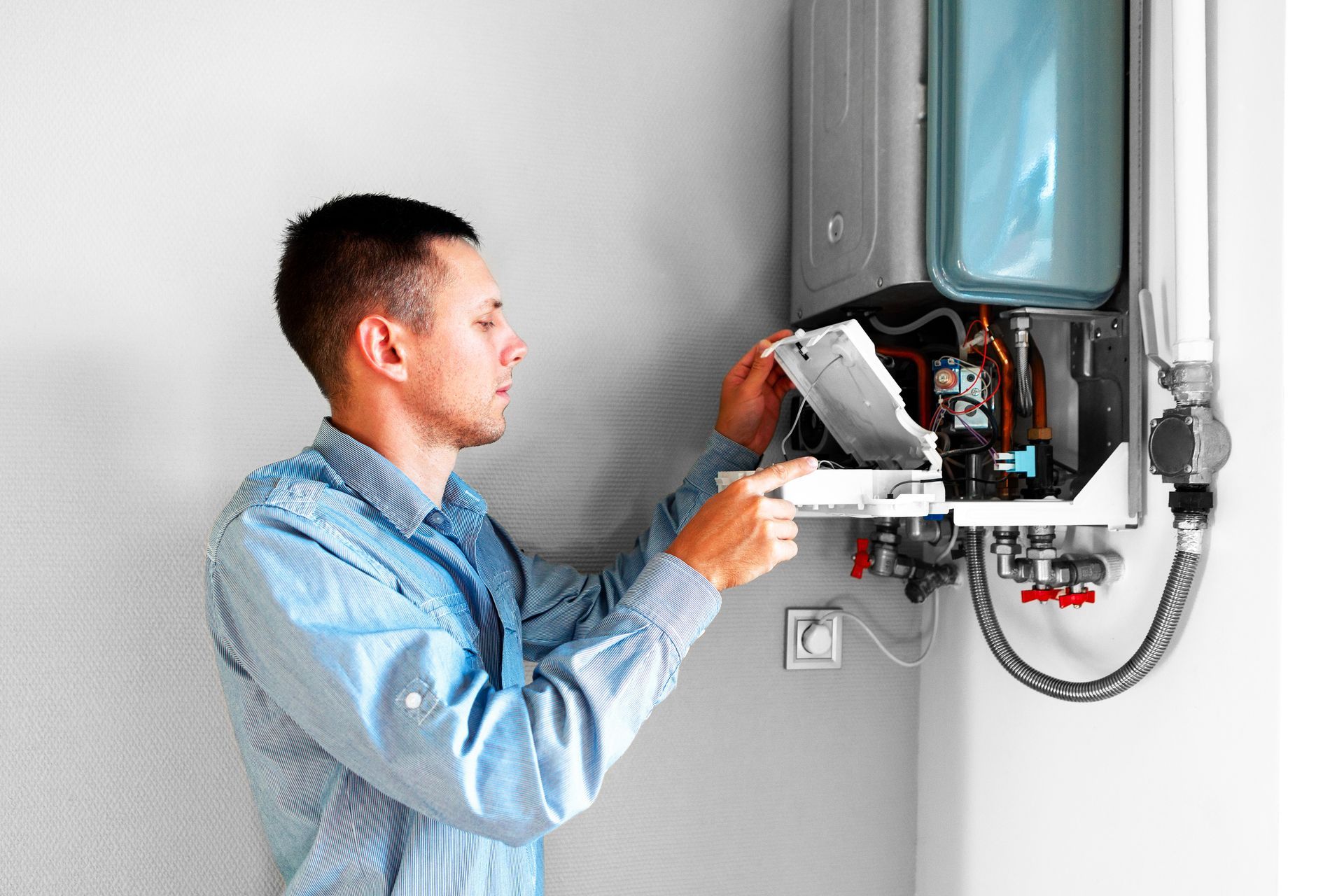

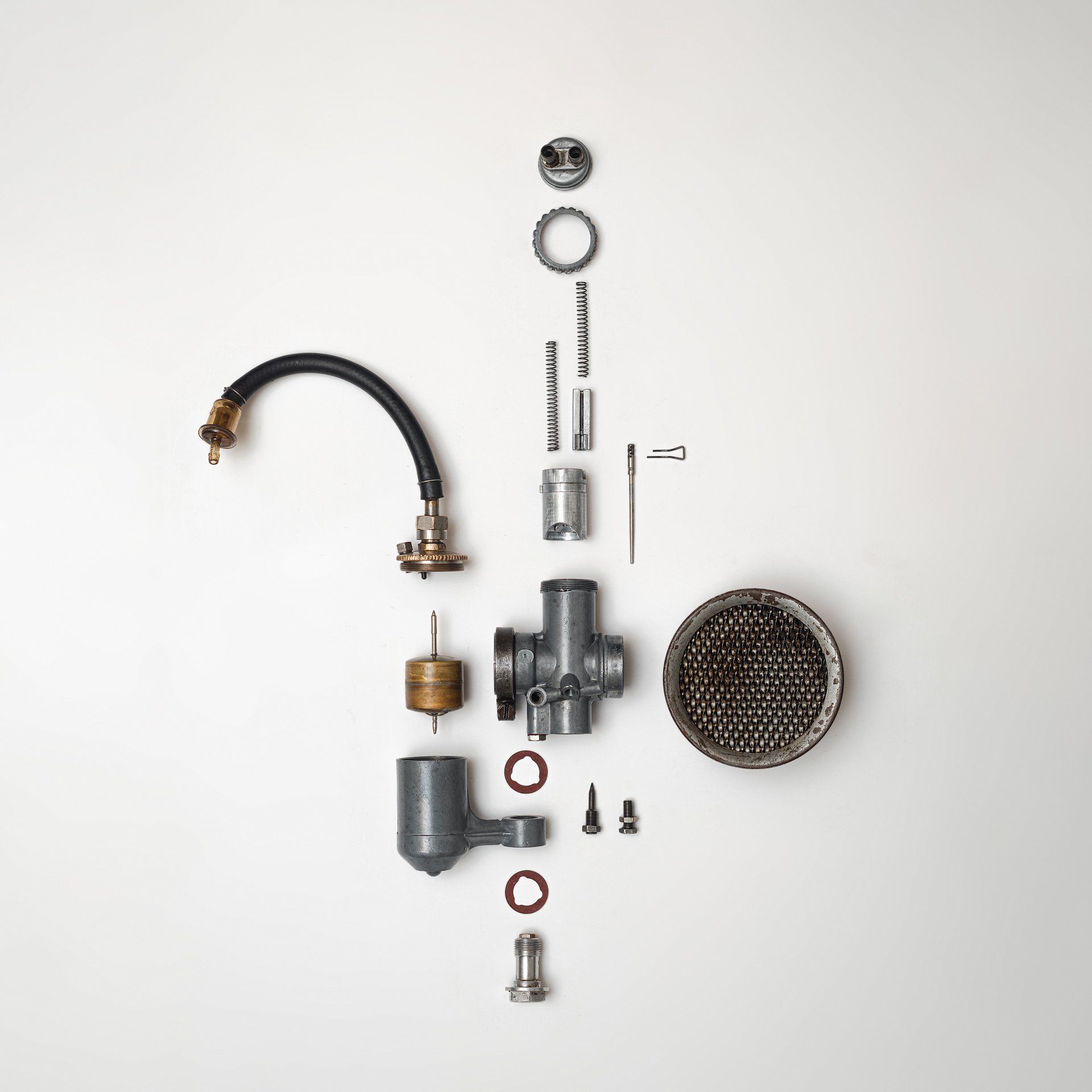
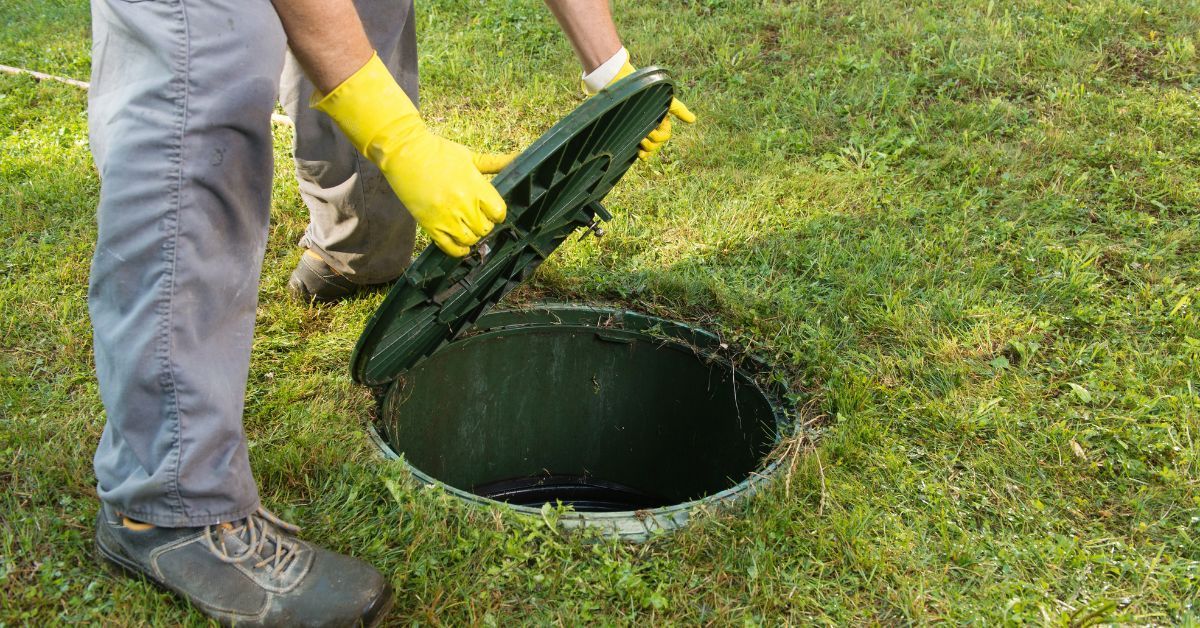
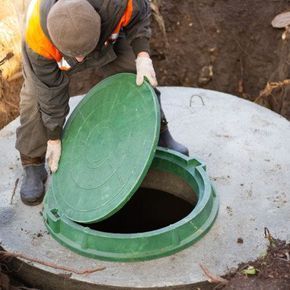

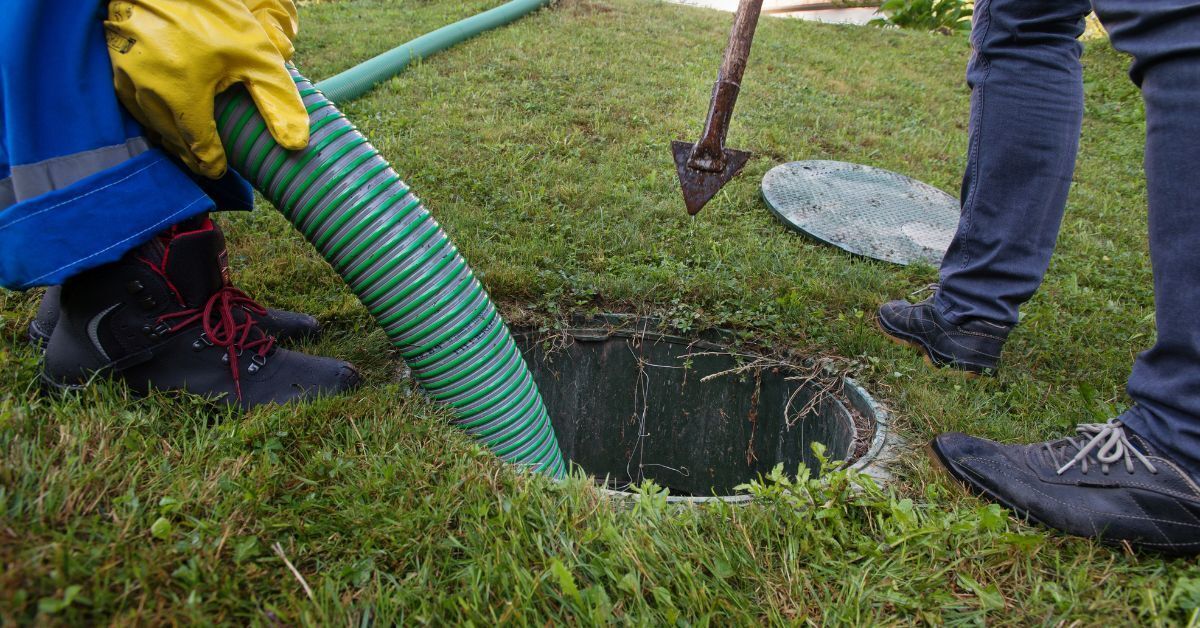
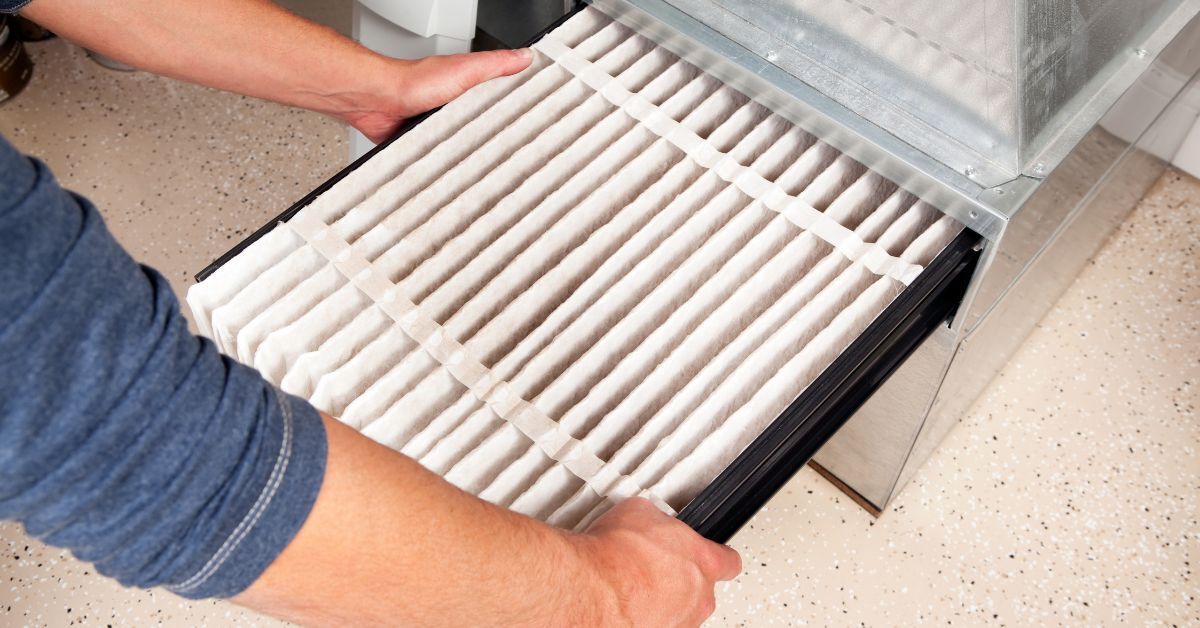
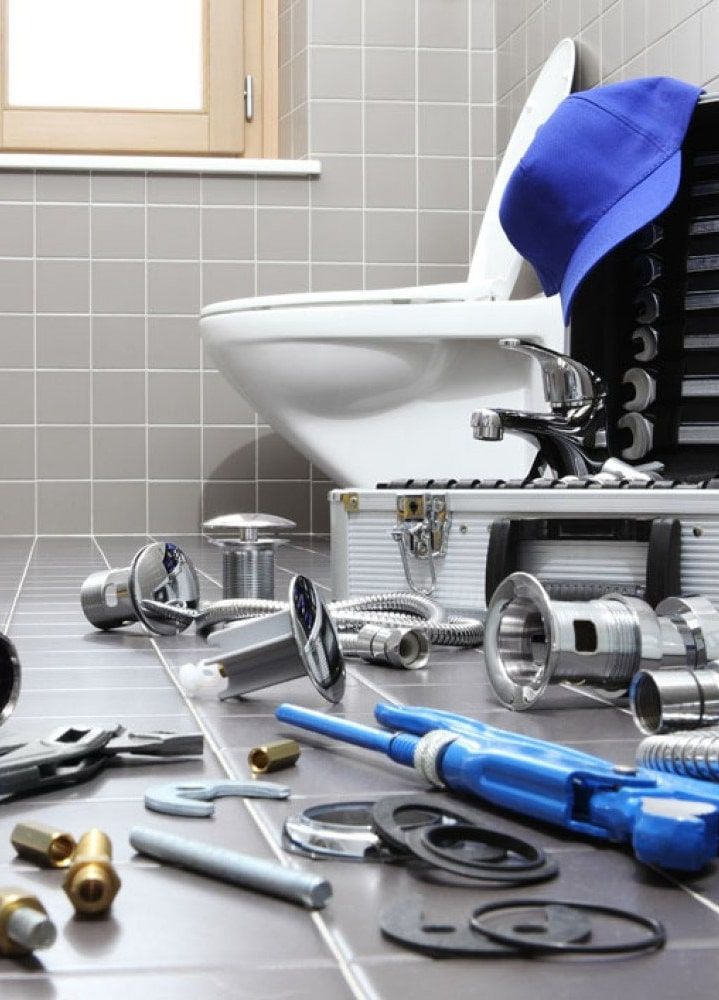
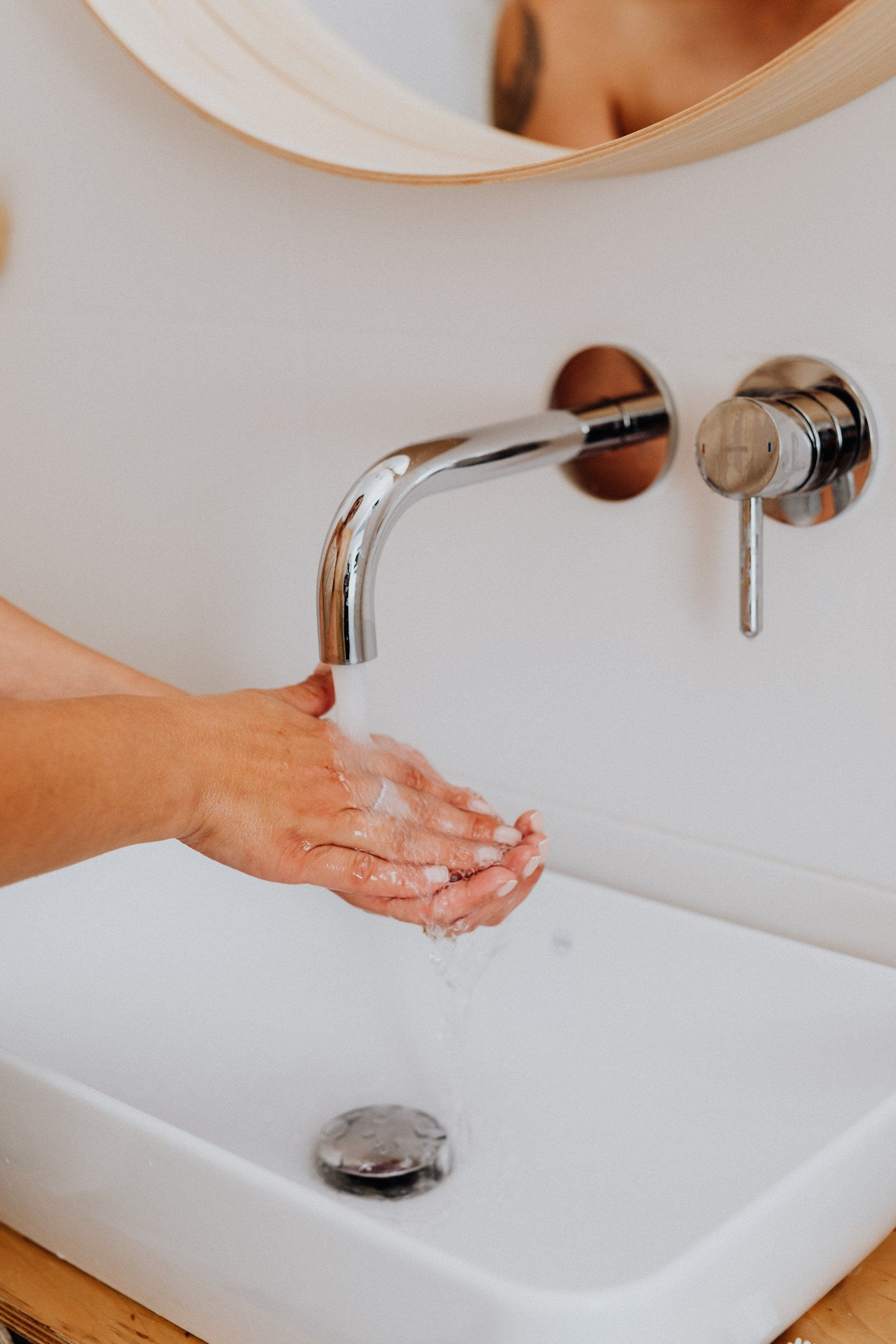
Copyright © 2024 H&H Plumbing Heating & Air, all rights reserved.
Abilene, KS 67410 (785) 263-1339
